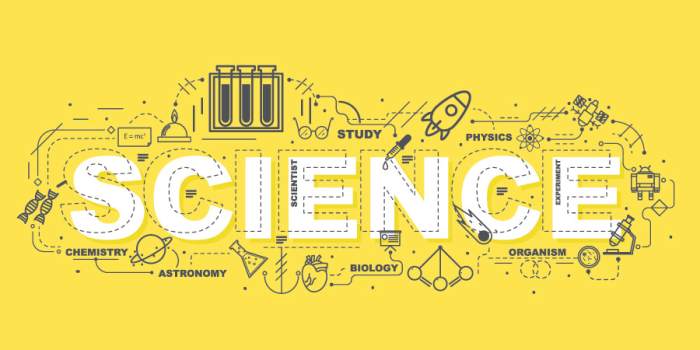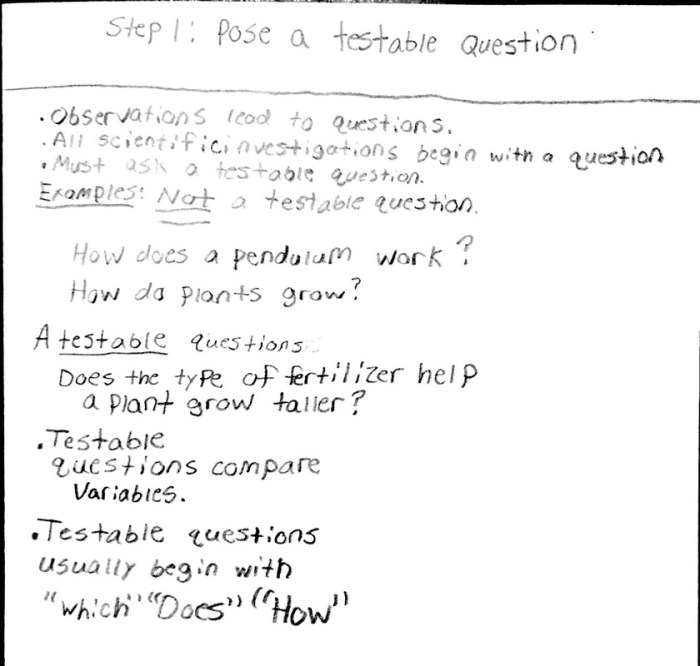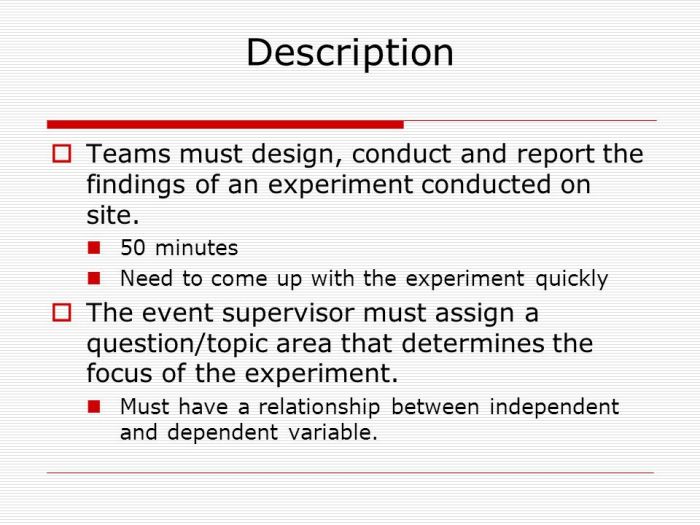Science Olympiad experimental design examples provide invaluable insights into the principles and practices of designing effective experiments for this prestigious competition. By understanding the specific requirements, challenges, and opportunities associated with Science Olympiad experiments, students can develop well-structured and rigorous designs that maximize their chances of success.
This comprehensive guide explores the fundamental principles of experimental design, highlighting the importance of controls and variables. It offers practical tips and strategies for developing effective experimental designs, showcasing a range of examples that cover diverse scientific disciplines.
Experimental Design Overview

Experimental design is the process of planning and conducting a scientific experiment to test a hypothesis. It involves identifying the variables to be tested, controlling for extraneous variables, and determining the appropriate experimental procedures.
Controls are an essential part of experiments because they allow researchers to compare the results of the experimental group to the results of a group that was not exposed to the experimental treatment. This helps to ensure that the results are due to the experimental treatment and not to other factors.
Variables are the factors that are being tested in an experiment. The independent variable is the variable that is manipulated by the researcher, while the dependent variable is the variable that is measured.
Types of Experimental Designs, Science olympiad experimental design examples
- Pre-test/post-test design:This design involves measuring the dependent variable before and after the experimental treatment.
- Control group design:This design involves comparing the results of an experimental group to the results of a control group that did not receive the experimental treatment.
- Factorial design:This design involves testing the effects of multiple independent variables on a single dependent variable.
Designing Science Olympiad Experiments

Science Olympiad experiments are designed to test scientific hypotheses and demonstrate scientific principles. They must be original, creative, and well-designed.
Some of the challenges in designing Science Olympiad experiments include:
- Time constraints:Experiments must be completed within a limited time frame.
- Resource constraints:Experiments must be designed to use available resources.
- Safety concerns:Experiments must be designed to be safe for students.
Some tips for designing effective Science Olympiad experiments include:
- Start with a clear hypothesis:The hypothesis should be specific, testable, and falsifiable.
- Identify the variables:The independent variable is the variable that is manipulated by the researcher, while the dependent variable is the variable that is measured.
- Control for extraneous variables:Extraneous variables are variables that could affect the results of the experiment but are not being tested.
- Develop a detailed procedure:The procedure should be clear and concise, and it should include all of the steps necessary to conduct the experiment.
- Collect and analyze data:The data should be collected carefully and analyzed using appropriate statistical methods.
Examples of Experimental Designs: Science Olympiad Experimental Design Examples

| Experiment Name | Hypothesis | Variables | Procedures | Expected Outcomes |
|---|---|---|---|---|
| Effect of Light on Plant Growth | Plants that receive more light will grow taller than plants that receive less light. | Independent variable: Amount of lightDependent variable: Plant height |
|
The plants in the sunny location will grow taller than the plants in the shady location. |
| Effect of Caffeine on Heart Rate | Caffeine will increase heart rate. | Independent variable: Amount of caffeine consumedDependent variable: Heart rate |
|
The volunteers who drink the coffee will have a higher heart rate than the volunteers who drink the placebo. |
| Effect of Music on Memory | Listening to music will improve memory. | Independent variable: Type of musicDependent variable: Memory performance |
|
The volunteers who listen to music while they study will perform better on the test than the volunteers who do not listen to music. |
Methods and Procedures
The methods and procedures used in Science Olympiad experiments are similar to those used in scientific research. It is important to follow standardized protocols to ensure that the results are accurate and reproducible.
A step-by-step guide to conducting a Science Olympiad experiment:
- Define the problem:What do you want to learn?
- Do your research:Gather information about the topic.
- Formulate a hypothesis:Make a prediction about what you think will happen.
- Design your experiment:Determine the variables, procedures, and materials you will need.
- Conduct your experiment:Follow your procedures carefully.
- Analyze your data:Draw conclusions about your results.
- Present your findings:Share your results with others.
Data Analysis and Interpretation
Data analysis is the process of examining and interpreting the data collected from an experiment. It involves using statistical methods to determine whether the results are significant.
Some of the techniques used for data analysis include:
- Descriptive statistics:These statistics describe the data in terms of its central tendency, variability, and distribution.
- Inferential statistics:These statistics allow researchers to make inferences about the population from which the data was collected.
Graphing tools can also be used to help visualize the data and identify trends.
Troubleshooting and Error Minimization

Errors can occur in any experiment, but there are steps that can be taken to minimize the risk of errors. These steps include:
- Planning carefully:Take the time to plan your experiment carefully and identify potential sources of error.
- Using appropriate equipment:Use equipment that is calibrated and in good working order.
- Following procedures carefully:Follow the experimental procedures carefully and do not deviate from them.
- Replicating experiments:Repeat your experiment multiple times to ensure that the results are reproducible.
FAQ Corner
What are the key principles of experimental design?
The key principles of experimental design include identifying variables, establishing controls, and ensuring randomization to minimize bias.
What are the common challenges in designing Science Olympiad experiments?
Common challenges include time constraints, limited resources, and the need to design experiments that are both scientifically valid and feasible within the competition format.
How can I develop an effective experimental design?
Follow these steps: define the research question, identify variables, establish controls, develop a procedure, and plan for data analysis.
